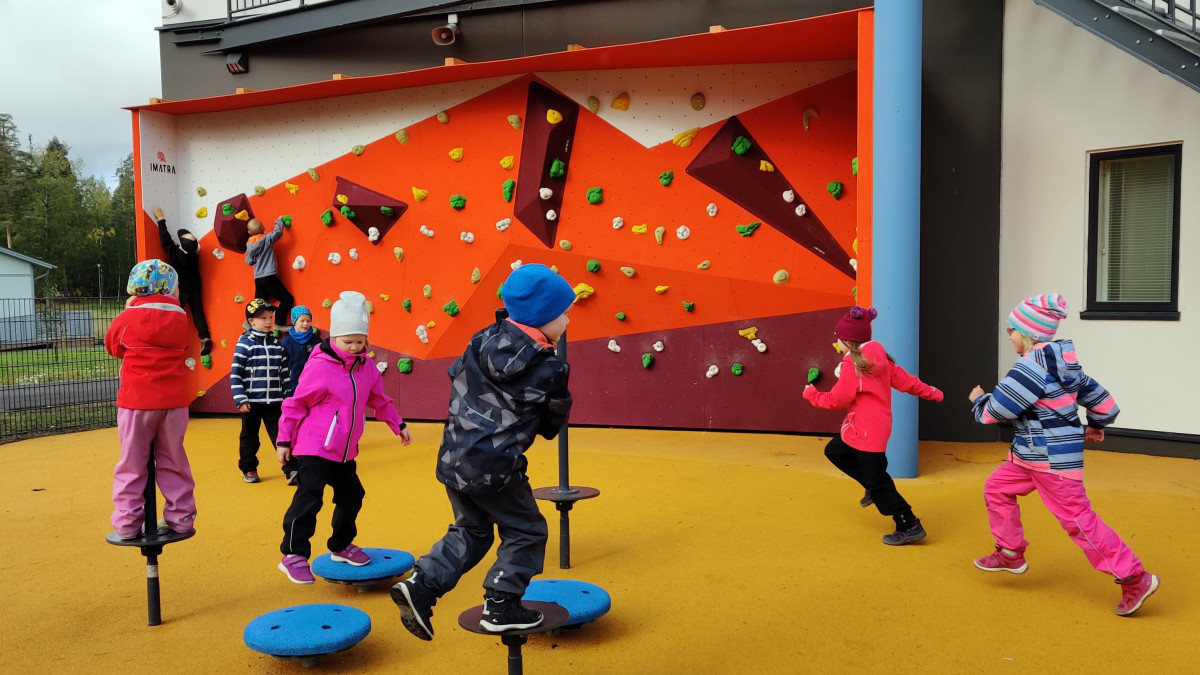
A unified school path for all children and young people in Imatra
In the model of one student lesson area and three planning areas, the equality of class sizes, the versatility of subjects and the efficiency of facilities and operations can be organized appropriately.
Education manager of the city of Imatra Minna Rovio and early childhood education manager Minna Leinonen answer here in more detail what the decision means in practice.
What will change and on what schedule?
- The change concerns clearly defined group sizes. Group sizes were defined before, but they have now been reduced. 1 students in classes and 2 students in grades 18-3. Regarding pre-school education, the maximum group size is determined by the number of teachers in the group. The autumn 9 pupil intake will be carried out in accordance with these criteria, says Minna Rovio.
How is the neighborhood school planning area defined?
- In connection with the service network planning of the school centers, the planning areas were determined according to the fact that the school centers will be as uniform in size as possible in terms of the number of students, Minna Rovio answers.
If a child is selected for a secondary school instead of a neighborhood school, does the child's school path automatically remain in the secondary school throughout elementary school?
- Regarding the secondary school, the decision is made every year, so the school path may change, for example, because the number of children in one's own area increases and the groups become full of students from one's own area, Minna Leinonen answers.
The working group of the Welfare Board has also carried out an assessment of the effects on children in the preparation of the change in the admission criteria. The preparation has been used as a statement in the Children's Parliament and the Youth Council.
 imatra.fi (minna[dot]rovio[at]imatra[dot]fi)
imatra.fi (minna[dot]rovio[at]imatra[dot]fi) imatra.fi (minna[dot]leinonen[at]imatra[dot]fi)
imatra.fi (minna[dot]leinonen[at]imatra[dot]fi)Student learning area = Imatra is one pupil enrollment area that includes the city's three school centers
The planning area, i.e. the neighborhood school = There are three school centers in Imatra, i.e. neighborhood schools. The city plans and assigns a neighborhood school to the child based on his area of residence. Preschool is located in the same area as the school. Local school is not necessarily the school geographically closest to home.
Group size limits for student teaching at Imatra:
- 1.-2. classes 18 students
- 3rd-9th grades 20 students
However, in such a way that there can be more students in the area of the planning area in question. New groups are not created because of students from another planning area. Regarding pre-school education, the maximum group size is determined by the number of teachers in the group.
Secondary school: If the student applies to a school in another planning area, the principal makes the student admission decision based on the criteria decided by the welfare board. Regarding pre-school education, the decision is made by the director of the kindergarten. The criteria for admitting students to secondary school/pre-primary education are
- group size
- sibling principle
- the length of the school trip.
If there are several applicants who apply for second priority based on the school trip criterion, children who are closer to the school center will have priority, provided that there are places in the group.
Those entitled to school transport: School trip transportation can be applied for if the student's school trip to the nearest school is:
- For a 1st-2nd grader, more than 3 km
- For a 3st-9nd grader, more than 5 km
The guardian is responsible for the costs arising from school trips of a pupil admitted to a secondary school.